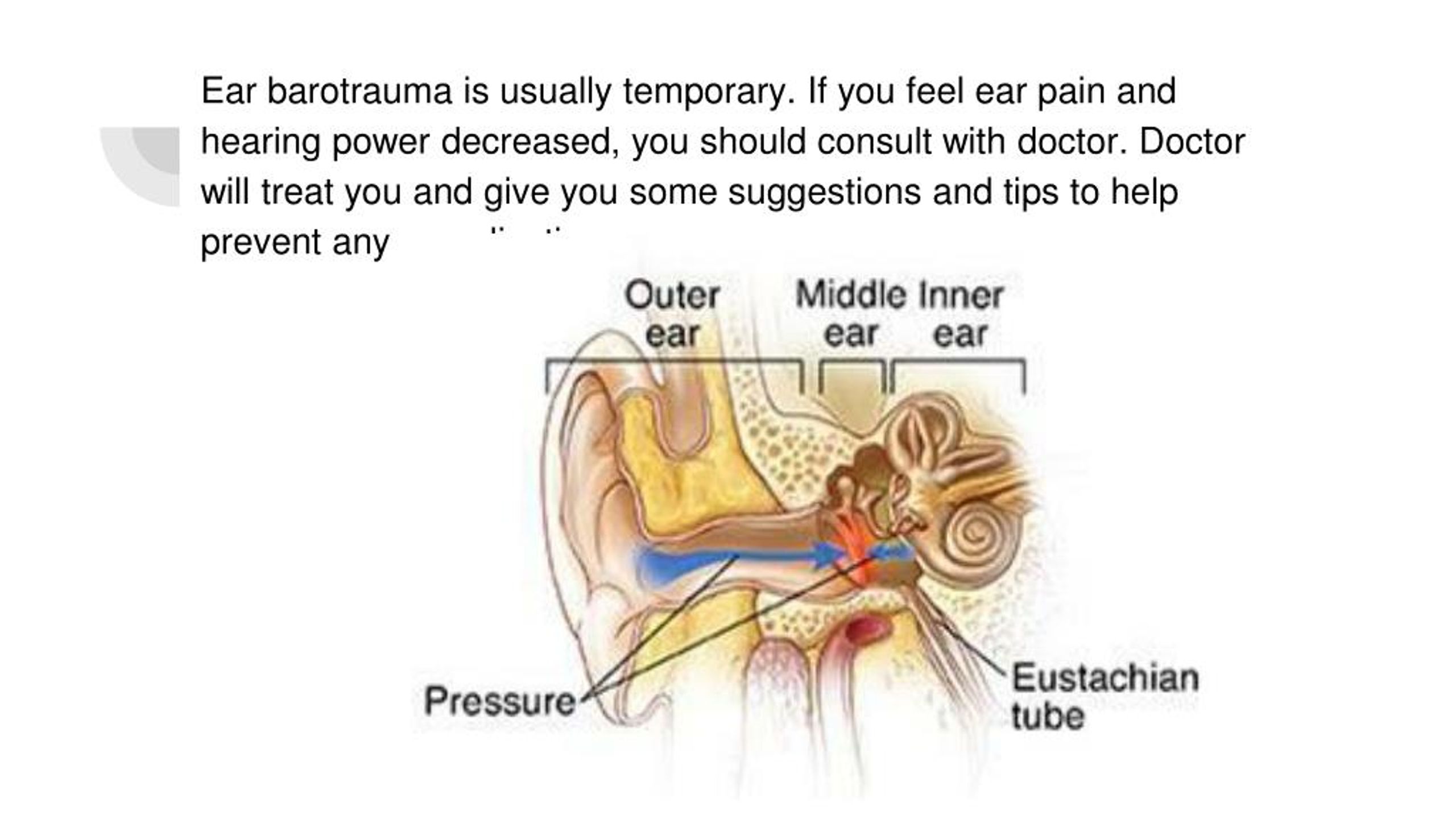

Promote healing by not blowing your nose any more than absolutely necessary. Placing a warm, dry compress on your ear several times daily can help. Home remediesĪt home, you can ease the pain of a ruptured eardrum with heat and pain relievers. During tympanoplasty, your surgeon takes tissue from another area of your body and grafts it onto the hole in your eardrum. A surgical repair of a perforated eardrum is called tympanoplasty. In rare cases, surgery may be required to patch the hole in the eardrum. You may also be told to use both forms of medication. Your doctor may prescribe oral antibiotics or medicated eardrops. They also protect you from developing new infections from the perforation. AntibioticsĪntibiotics can clear up infections that might have led to your eardrum rupture. The patch encourages the membrane to grow back together. Patching involves placing a medicated paper patch over the tear in the membrane. If your ear does not heal on its own, your doctor may patch the eardrum. Treatments for eardrum rupture are mainly designed to relieve pain and eliminate or prevent infection. Inserting any kind of object, such as a cotton swab, fingernail, or pen, too far into the ear can harm your eardrum as well.Īcoustic trauma, or damage to the ear from extremely loud noises, can rupture your eardrum. The following have been known to cause eardrum ruptures: Any trauma to the ear or side of the head can cause a rupture.

Activities that can cause barotrauma include: This is known as barotrauma, and it mainly occurs when the pressure outside the ear is drastically different from the pressure inside the ear. Other activities can cause pressure changes in the ear and lead to a perforated eardrum. The pressure from the fluid buildup can cause the tympanic membrane to break or rupture. During an ear infection, fluids accumulate behind the eardrum. Ear infections are a common cause of eardrum rupture, especially in children.


 0 kommentar(er)
0 kommentar(er)
